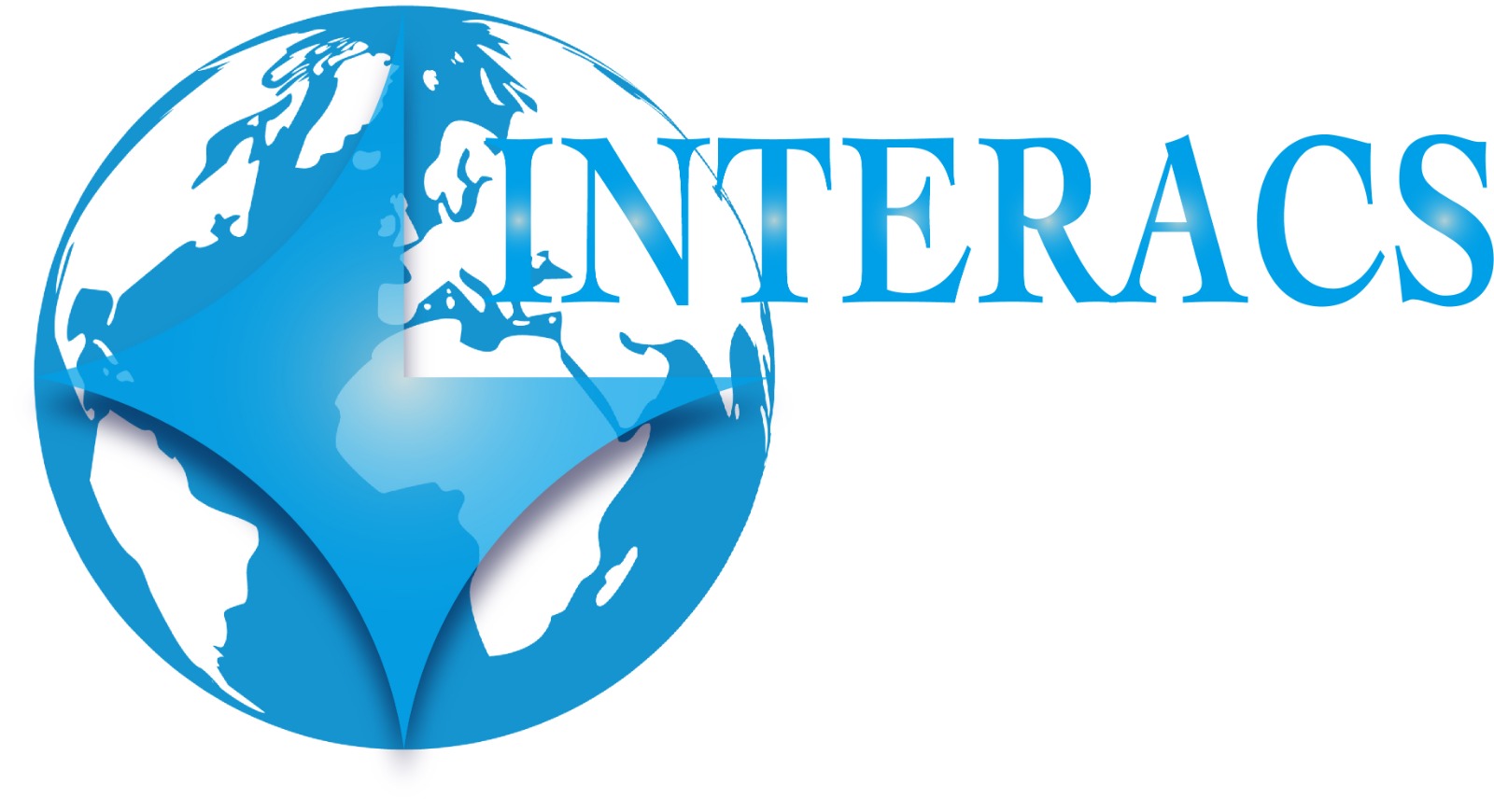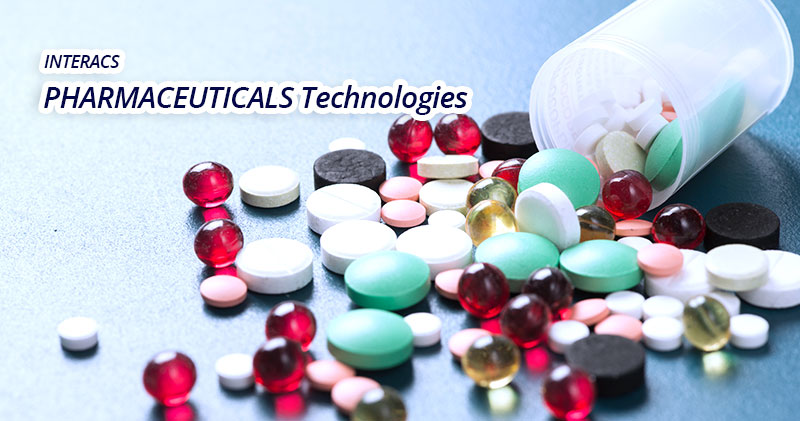Managing surplus assets is a vital part of business operations that, when executed correctly, can provide cost savings, create new revenue and protect the brand. With downsizing, mergers and acquisitions and plant closures becoming a mainstay in the pharmaceutical and biotech industry, organizations face millions of dollars in real estate, laboratory equipment and research devices that need to be redeployed, sold or trashed. Given budget restrictions and the importance of maximizing recovery while being privy to environmental regulations, organizations can no longer afford to simply allow assets to lie idle or dispose of them without any thought to the process. This is where Interacs is able to assist as well.
If managed correctly, either internally or by working with a partner like Interacs to manage disposition, surplus assets can provide cost savings (through redeployment of items), create new revenue streams (through remarketing of items) and protect the organization’s brand.
Redeploying surplus assets.
When there is a need to obtain an item, particularly in a large, multi-national pharmaceutical company, most employees will seek to procure that item new. This often happens while that same item is sitting unused in another state, country or even in the same building in a different department. Bottom line: tens of thousands of dollars are wasted within many companies every year simply because there is no visibility of the surplus equipment. This is also where Interacs is able to assist.
A first step to solving this problem is to implement an enterprise asset management system allowing for company-wide visibility of all surplus equipment. This system will allow procurement managers to better understand what’s available internally. To ensure redeployment is the most cost-effective option, organizations should follow some basic guidelines; this includes establishing criteria for which items should be reutilized versus sold. Some things to consider:
• If the item is high-value and can maintain its use over a long period of time, it could be a good candidate for redeployment.
• If there are multiples of high-value lab equipment—HPLCs, NMRs, mass spectrometers—and one or more are not in use, it is better to redeploy before the value of the asset declines or becomes obsolete.
• Don’t spend more on breakdown, removal, shipping and installation than the cost of purchasing the asset new.
• It still can make sense to redeploy assets in the $50,000 to $250,000 range even if the cost to disassemble, transport and install them is large.
• Lower value lab equipment (hot plates, stirrers, vortexers) are better to sell from their location or donate.
While redeploying surplus assets can help avoid unnecessary costs, it’s important to establish a shelf life for items slated for redeployment: there is no point in an item continuing to lay idle if it could be sold. The typical industry timeline is 30 days; specifically, if no one has claimed an item within a month it should be moved to disposition, remarketed and sold.
Remarketing surplus assets.
Once an item has been slated for sale, there are remarketing best practices an organization should implement in order to achieve maximum recovery. These include:
• Determine estimated values for equipment.
• Determine a sales channel for the equipment: online posting, private sale, local advertisement.
• Adjust marketing to attract the right buyer type.
• Schedule a preview period so potential buyers can inspect the item(s).
• Have a removal period in place.
• Be aware of export fees and compliance processes.
Twenty percent of the equipment will bring 80 percent of the total recovery amount; by focusing on selling the high-value, late-model equipment versus general lab equipment, an organization can add hundreds of thousands of dollars to its bottom line.
When determining a sales channel for the equipment, keep in mind that auctions are historically the best way to convert inventory back in to cash quickly versus a bulk private negotiated sale. Knowing how to navigate the auction process on a national scale or working with a qualified auctioneering partner will help maximize return and give you the peace of mind that all aspects of the process will be taken care of properly.
Given the time, resources and experience needed to successfully manage a surplus-asset program, it’s advisable for organizations to work with a trusted partner whose core business is asset disposition. This will allow the organization to focus on its core business while ensuring a streamlined, hassle-free way of managing the process. A reputable partner not only brings extensive knowledge of the secondary market, but ensures transparency and efficiency, a vetted buyer base and compliant removal of the assets.
Biotech and pharmaceutical equipment is in high demand across the globe, as such, organizations should choose a partner that will be able to provide international support for a global base of buyers.
Organizations cannot afford to be wasteful or careless when it comes to idle assets. Taking a proactive approach to managing surplus assets is a vital part of business operations. Organizations should know that obsolete equipment can still hold a lot of value, whether it’s reutilized within the company or sold on the market.
As you can see, we are aware about the way the market works, and in what way we can generate value for your company. Whether it contains restructuring of your lab, purchase of up-to-date equipment, installing new refined software, provide assistance during your project, Interacs is your partner.

